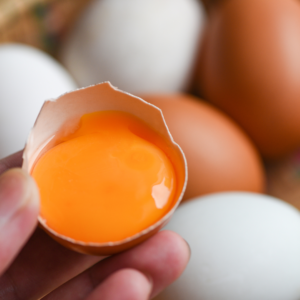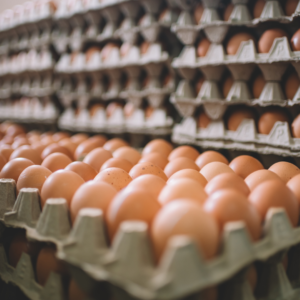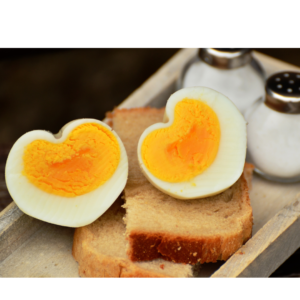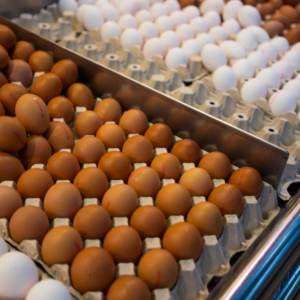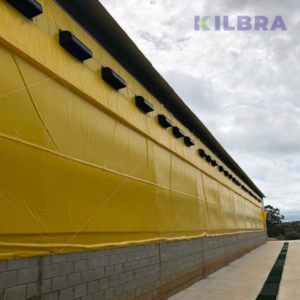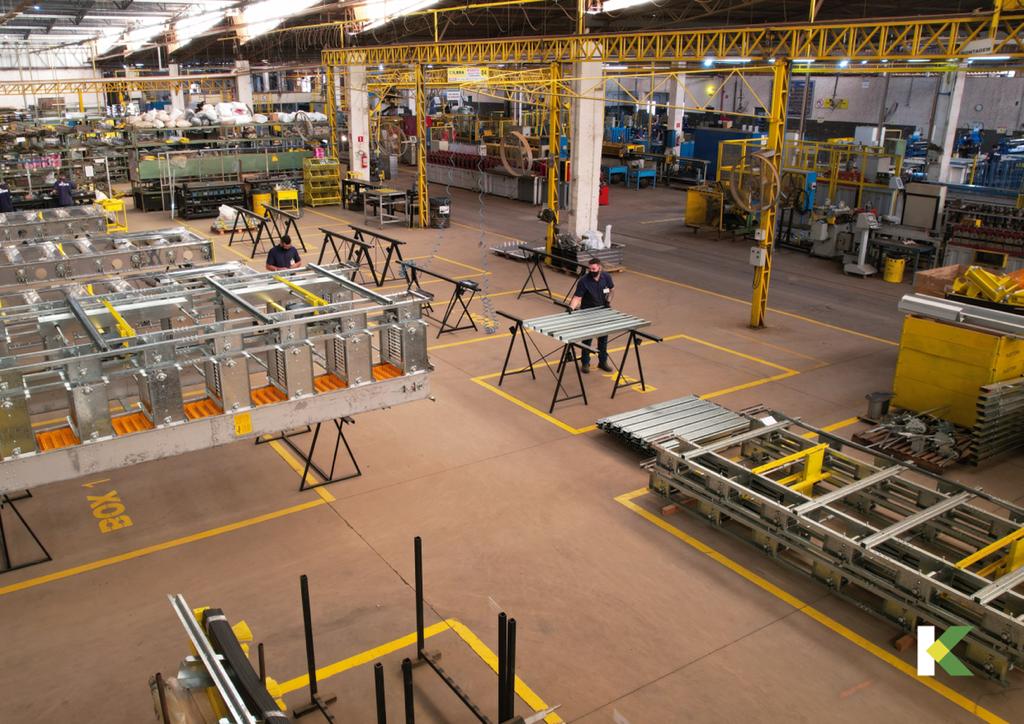Drying using air from the shed’s own ventilation
Both dry and pelleted, chicken manure is an excellent fertilizer and is widely used in many crops. The Dorset manure dryer utilizes the air flow from the house itself, without the need for pre-drying, further reducing costs. An air flow with a temperature of at least 20°C is sufficient to dry the manure. With a higher temperature and lower relative humidity of this air flow, an even better result is obtained. The structure can also vary in terms of positioning, being installed at the bottom or on the side of the shed.

Drying of chicken manure next to the sheds or in a centralized plant
The dryer is constructed of perforated and painted sheets using a smooth coating. With this, a layer of manure of 15 to 18 cm can be created, guaranteeing maximum drying efficiency. This also enables the dryer to have a more compact design. When the air used comes from the house, the size of the dryer will depend on the number of birds in the house. The number of birds per square meter of drying surface can vary with the climate of the region, being around 400 to 600 birds/m² (For example, a dryer with capacity for a shed of 80,000 to 120,000 chickens has the dimensions of 27 meters long, 2 meters wide and 3 meters high).
Only a small part of the airflow leaving the house passes through the dryer, 1 to 2 m³/h/bird. The remainder of the air is normally directed out of the house. The industrial quality of the dryer guarantees maximum performance with minimum maintenance, working fully automated and free of monitoring.
The manure is removed daily and remains in the dryer for 2 days. In this way, the transformation of nitrate into ammonia is limited, increasing the amount of nitrogen in the final product. The result is a lower emission of ammonia into the air and a product with better nutritional quality and greater value.

Pyrolysis: Green energy and fertilizer
Pyrolysis is a thermochemical transformation of biomass at high temperatures in the absence of oxygen. It is also used in the processing of tires, rubbers, plastics, sewage sludge, biodigester residues and other forms of biomass.

Process



